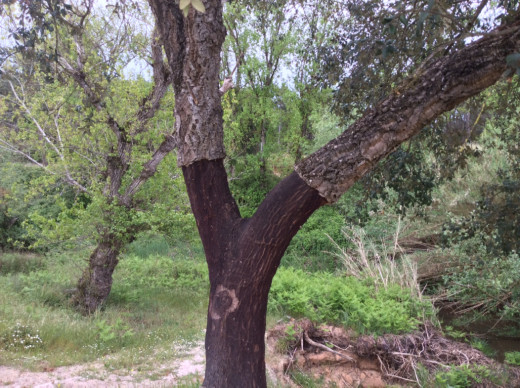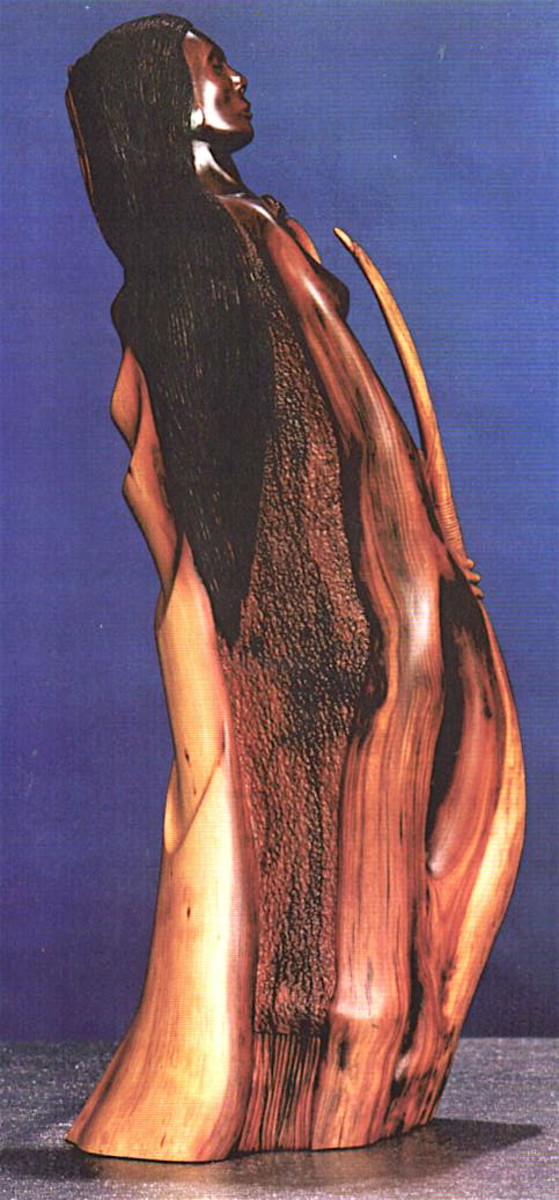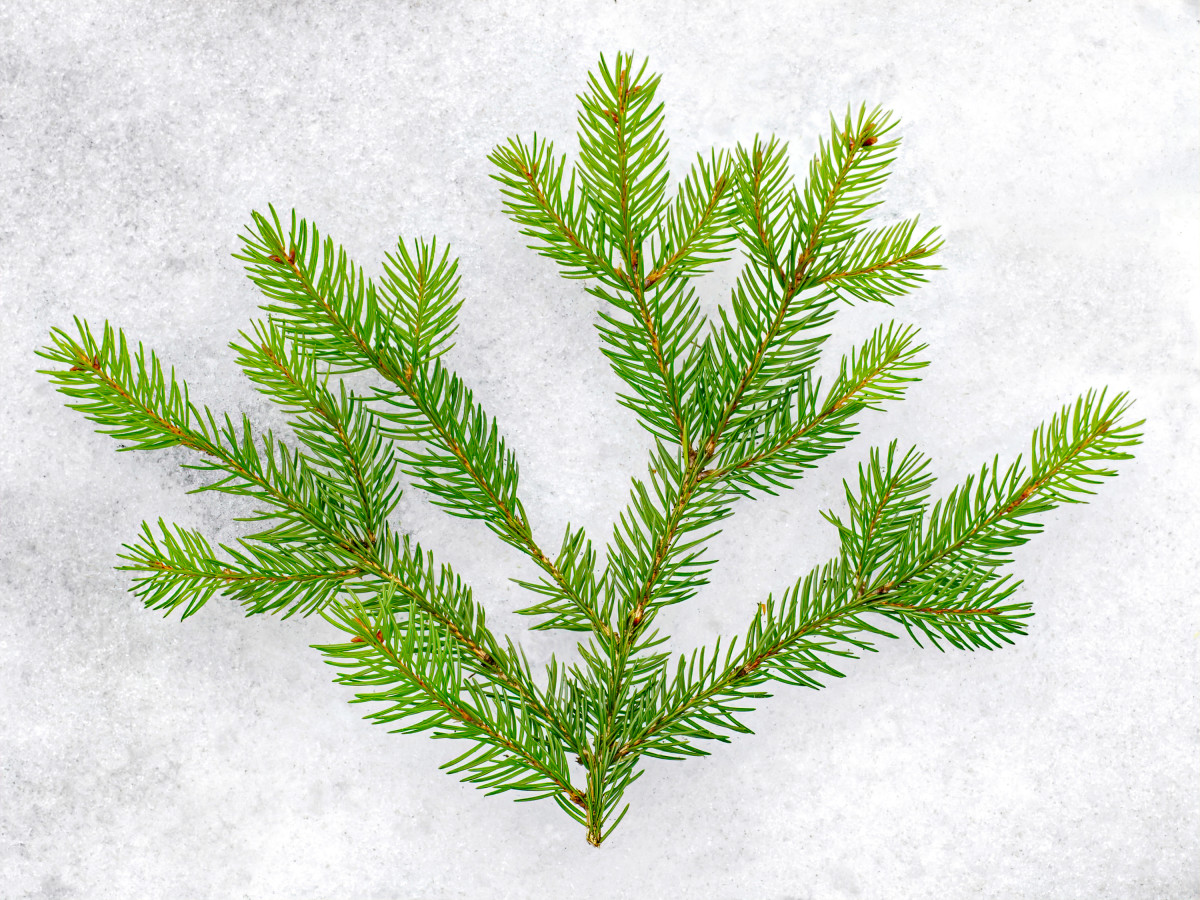Where does cork come from? Answer - the Cork Oak tree
Cork Oak tree

Buy Corks on Amazon
The origin of Cork
We all use cork from time to time, if only when removing a cork from a bottle of wine. Cork is the name of a spongy material we use to make wine-bottle stoppers, as well as many other items, such as cork flooring, but what exactly is cork and where does cork actually come from? The answer is that it is the outer bark of a species of oak tree..
Cork comes from the Cork Oak (Quercus suber), which is a medium-sized evergreen tree that grows in forests in southwest Europe, including Spain and Portugal, and in the northwestern parts of North Africa, such as Algeria and Morocco.
The Cork Oak growing in Portugal
Harvesting Cork
Cross section of a Cork Oak trunk

Cork poll
Did you know where we get cork from?
The Cork Oak described
The Cork Oak grows as high as 20m (66 ft) but is usually a lot shorter in its natural habitat. Like other oaks, the Cork Oak produces acorns.
It will form forests and these forests are home to a very diverse flora and fauna, including the endangered Iberian Lynx (Lynx pardinus), which is only found in very small numbers in Spain and Portugal. These Cork Oak forests are favoured by many species of fungus too, including edible species such as the Parasol Mushroom (Macrolepiota procera).
The Cork Oak will grow surprisingly well in dry and sandy soil and forests of this tree are often seen in the countryside of Portugal. It is against the law to cut down a Cork Oak without special permission in Portugal, so valued is this tree.
The cork bark of the Cork Oak is believed to have evolved as an adaptation against forest fires. Cork Oaks regenerate well after such blazes because the outer bark gets burned but in doing so it has provided insulation and safety for the inner tree.
The Cork Oak is cultivated as a tree that can be harvested as a renewable resource in France, Spain, Portugal, Italy, Morocco, Algeria and Tunisia. Portugal is the supplier of as much as 50% of the cork produced.
Not surprisingly, there are many cork products on sale in Portugal, including cork postcards and even cork wallets. many of these items are aimed at the tourist trade and you will find them on sale in Lisbon and other places where many tourists go.
To remove the bark without harming the tree is a skill that has to be learned and is performed using a small axe. As many as five people may be required to harvest the cork from a single tree.
The cork regrows but it can take 9-12 years before it can be harvested again.
It is easy to spot Cork Oak trees that have had their bark removed. The section where the cork has been taken provides a striking visual contrast to the trunk still covered in bark.
The Cork Oak is also often grown as an ornamental tree in parks and gardens, where it can make a great subject of interest with regard to what it is and what it produces.
The Cork Oak can hybridise with the Turkey Oak (Q. cerris), and this happens in the wild. The hybrid is known as the Lucombe Oak (Quercus x hispanica).
Wild edible mushrooms grow under Cork Oaks
© 2015 Steve Andrews









